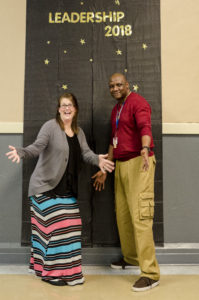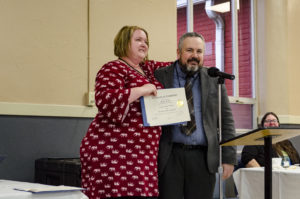New research has begun examining how we know when to stop drinking. It may come as a surprise, but we stop drinking well before our body has begun processing the liquids we have ingested (Hamilton, 2018). Past research discovered the “thirst center” of the brain would trigger the body to quit drinking when it recognized enough liquids were taken in, however, there was little understanding as to how it worked.
Now, researches have learned that nitric oxide synthase-expressing neurons in the median preoptic (MnPO) nucleus alert the subfornical organ (SFO) (the part of the brain responsible for thirst) when we are thirsty (Augustine et al., 2018). When we drink something, MnPO expressing glucagon-like peptide 1 receptors (GLP1R) are activated and inhibit the SFO neurons. What is interesting is the body recognizes the difference between solids and liquids (Hamilton, 2018). When ingesting a solid comprised mostly of liquid components (like gelatins), our body does not recognize it as a liquid and inhibit the SFO.
Even more useful, this research helps better explain psychogenic polydipsia, a disorder in which people are unable to recognize when they have had enough to drink (Hamilton, 2018). This disorder can commonly lead people who have suffered brain trauma to drink dangerous amounts of water or other liquids believing they are still thirsty. After inhibiting GLP1R-expressing MnPO in mice, the study found similar effects, suggesting this area of the brain is a major contributor to the expression of psychogenic polydipsia (Augustine et al., 2018).
References:
Augustine, V., Gokce, S. K., Lee, S., Wang, B., Davidson, T. J., Reimann, F., . . . Oka, Y. (2018). Hierarchical neural architecture underlying thirst regulation. Nature. doi:10.1038/nature25488
Hamilton, J. (2018). Still thirsty? It’s up to your brain, not your body. NPR. Retrieved from https://www.npr.org/sections/thesalt/2018/02/28/589295404/still-thirsty-its-up-to-your-brain-not-your-body
Michael Daniel, MA, LPA (temp)
WKPIC Doctoral Intern






 gift giver when the giver was both a new acquaintance or a significant other. The receipt of an undesirable gift also negatively impacted the men’s view of the relationship.
gift giver when the giver was both a new acquaintance or a significant other. The receipt of an undesirable gift also negatively impacted the men’s view of the relationship.